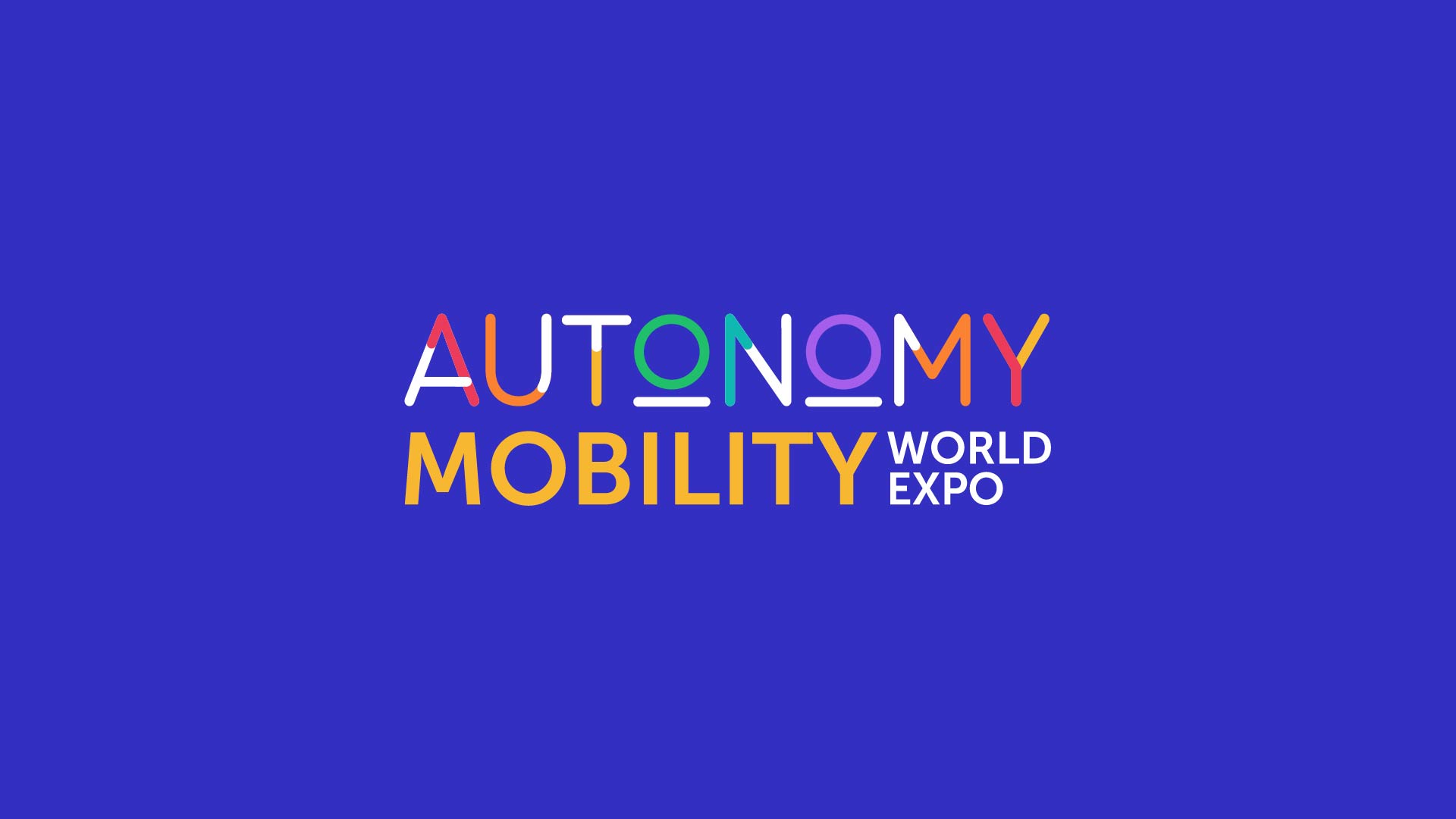
Decreasing carbon emissions is one of the principal objectives behind sustainable urban mobility and transportation. While other industries are rapidly applying innovative solutions to reduce their carbon footprints, mobility has struggled to see the same levels of progress. One of the key reasons behind this is the fact that people are moving more than ever before. With such high levels of demand in combination with the goal of reaching carbon neutrality, MaaS has exploded onto the scene as a new tool to satisfy both factors, introducing users to a brand new style of commuting with a minimal negative impact on the environment. However, this behaviour shift can only be achieved if people are willing to make the switch.
The recent Autonomy and the Urban Mobility Company Virtual Workshop, “Can MaaS achieve behavior change?”, co-hosted by MaaS Alliance, put into consideration several ideas on how to change users’ behaviour as well as some concrete examples and numerous projects carried out in order to attract more people to MaaS. Joining the panel was Sandra Witzel, Head of Marketing at SkedGo, Marko Javornik, CEO of M8Lab, Jana Sochor, Senior Researcher at Chalmers University of Technology, Chinh Ho, Senior Lecturer at the University of Sydney and Fabien Sauthier, COO at MOTIONTAG. Here are the Workshop’s key takeaways.
Precondition and process for MaaS users
In the newly published paper “Piecing together the puzzles of MaaS from the users and service design perspectives”, Jana Sochor highlights the lack of attention given to the preconditions required for behavioural changes and their processes. According to Jana, oftentimes there is too much emphasis placed on behavior change at the individual level, which can result in too limited of an approach. We need to perceive behavior change in a broader and more systematic approach that can affect a large group of people with the same background. These contexts can either be infrastructure-related (i.e. mode and cost of access, weather), family-related (i.e. financial situation, level of education), organization-related (i.e. business model, the way opportunities and regulations are perceived) or society-related (i.e. different urban planning policies). These are what we call the “preconditions” that affect not only individuals but also our family members and the choices we make as a collective.
Sharing this same point of view, Marco Javornik also believes that combining individuals into groups with similar behaviour is the best practice for creating well-tailored demand offers for MaaS users. Examples of the latter can vary from generational differences to the occurence of life-changing events (birth of a child or relocation, to name a few).
The process of adopting MaaS is also something Jana deemed crucial to the conversation. Potential customers have to go through multiple stages, from understanding the key concepts of MaaS and its services, determining their own wants and needs, to learning and adapting to the new “normal” as they engage in a new way of commuting. Identical to the diffusion of innovation, this process can end up being adopted or rejected. This is why crucial user support needs to be mobilized so as to help customers on this journey of incorporating MaaS into their daily routines.
A solutions-oriented approach to changing behavior
Today, we have moved beyond the traditional ways of approaching MaaS. It is a data-driven approach that is becoming more and more targeted by researchers, said Marco. Fabien Sauthier, through his company MOTIONTAG, is currently working on technologies to understand the impact of MaaS with data. They developed a technology that can either be integrated with smartphone applications (trip planner applications, for instance) or as a survey tool that extracts data directly from people’s travel behavior. For Fabien, as well as all other panelists, it is very important to understand how and why people are moving. This is a determining factor that should not be left behind if we want to achieve a true shift in behavior. With this data, experts are able to create service packages that fit and are well tailored to people’s specific needs, making the benefits to using MaaS more apparent and lowering the adoption barrier.
Although switching from ICE to alternative energy vehicles is a central element of carbon neutrality, a mix of transport modalities has a high potential for impact and adoption – and we can already see this happening in many areas of the world. However, this responsibility does not just lie on commuters’ shoulders. Governments, transport authorities, and mobility providers must also participate in the effort to encourage behavioural shifts, principally by implementing well-thought-out incentives and ‘nudging’ projects. Fabien also specified that we should also build programs that are not based solely on financial aspects, as MaaS is more than just mobility: it is a gateway for people to get in touch with their local culture while fulfilling their daily needs. This represents an opportunity to boost the local economy at little or no cost.
Sydney MaaS trial: bringing MaaS benefits to the map
Understanding the use of incentives is the key factor to the success of many MaaS trial projects. Using financial advantages as the main lever to shift towards green travel behaviour and to lower private car usage, Chinh Ho presented the fruits of the Sydney MaaS trial’s labor, a 1.5-year R&D research project with real mobility bundle trials for citizens. Participants were walked through different bundles, with one new bundle integrated every month, and then had the opportunity to decide whether they would continue using the existing bundle or switch to a new one. Sydney’s approach was fully data-driven, with a back-end system capturing all the travel behaviour of participants and the evolution of private car usage and CO2 emissions during the experiment. After calculations, with 20 dollars used per subscriber to incentivize, positive gains were seen not only from the users’ point of view, but also from an environmental aspect. The key results are highlighted in the visual below:

With solid evidence that user-tailored, specific MaaS programs can have a positive impact on user behavior, being able to transform this business model into a commercial model to obtain scalability is also a key feature to address, stated Chinh. He and Jana also shared that active pushes and new policies to encourage collaboration between different stakeholders from the government were also needed to achieve behavioral change through MaaS. For Marco, a ‘nudging’ model towards sustainable mobility is the way to go. However, in spite of how attractive an idea MaaS remains, it lacks a vision of longevity, according to Fabien. We therefore must focus on building more stable models to keep users from dropping off, therefore accomplishing the goal of fully changing people’s perceptions and behaviors towards mobility.
Click here to watch a recording of “Can MaaS achieve behavior change?” held in partnership with MaaS Alliance.
Source: Ky-Phong Nghiem, Content and Communications Officer, Autonomy
Image: Unsplash



